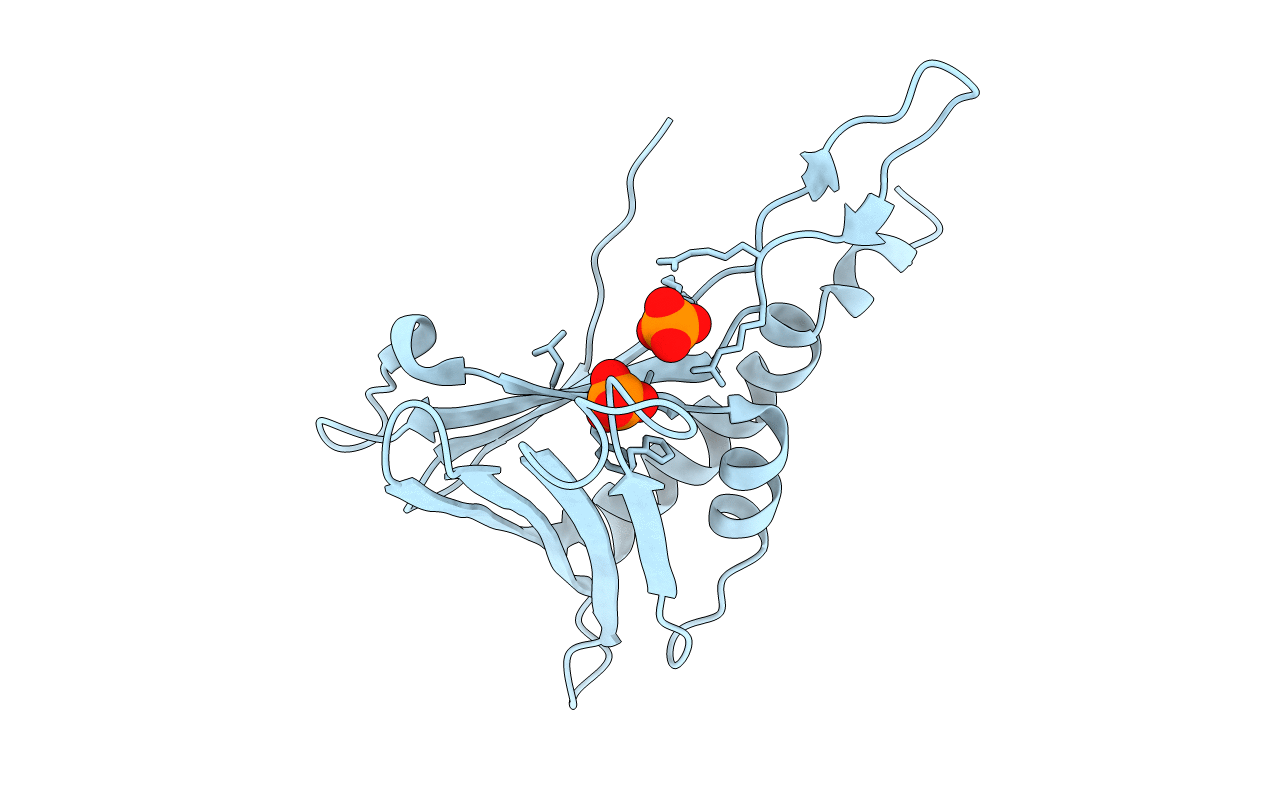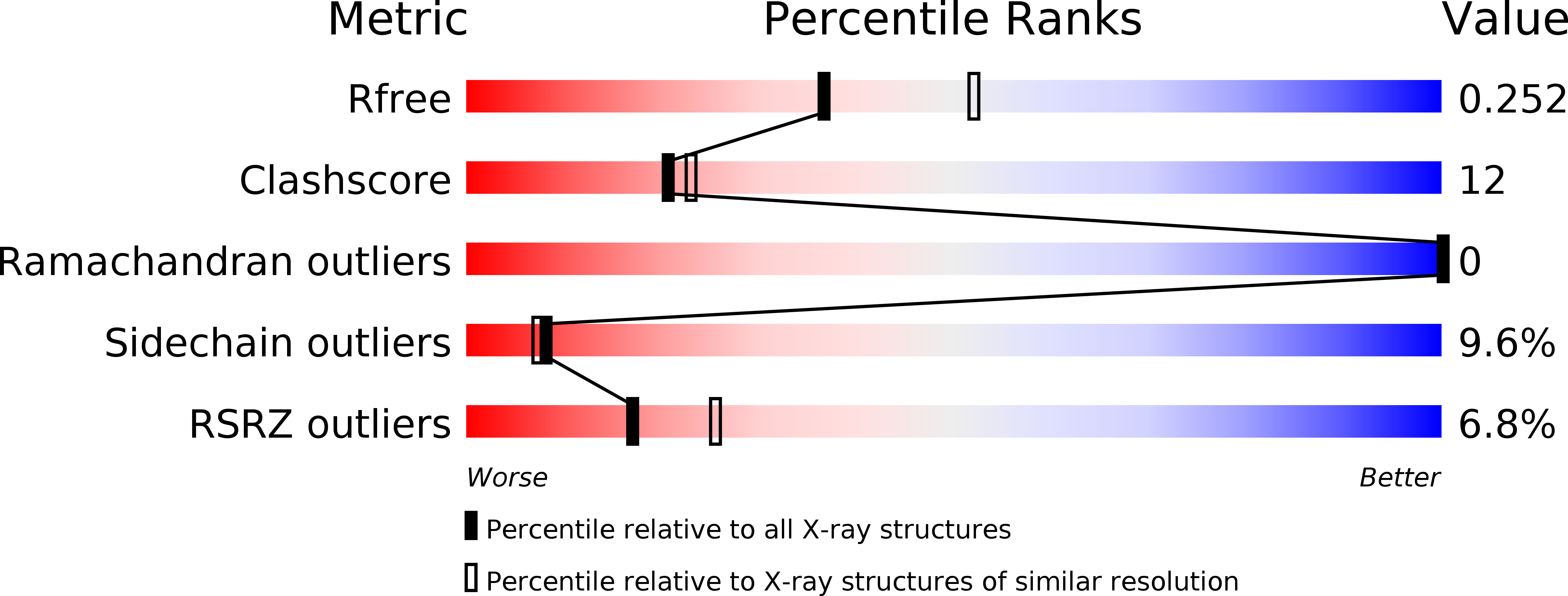
Deposition Date
2011-03-26
Release Date
2011-09-28
Last Version Date
2023-09-13
Method Details:
Experimental Method:
Resolution:
2.35 Å
R-Value Free:
0.26
R-Value Work:
0.22
R-Value Observed:
0.22
Space Group:
F 4 3 2


